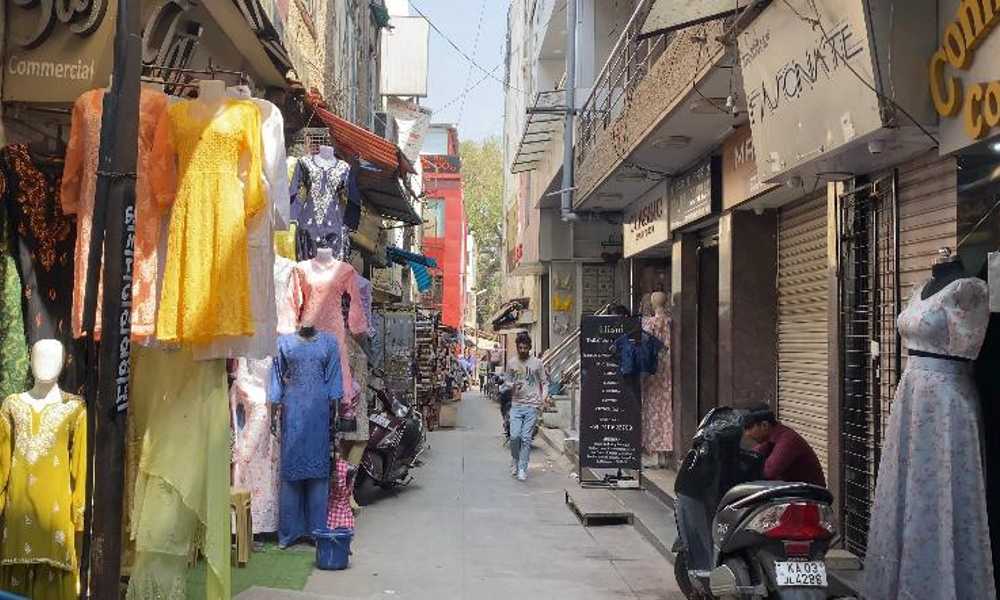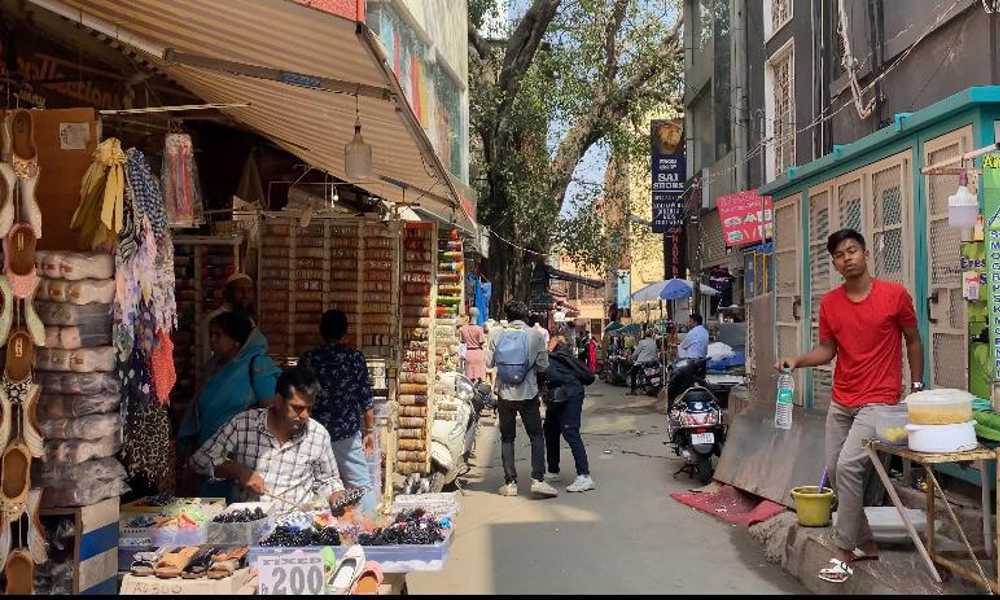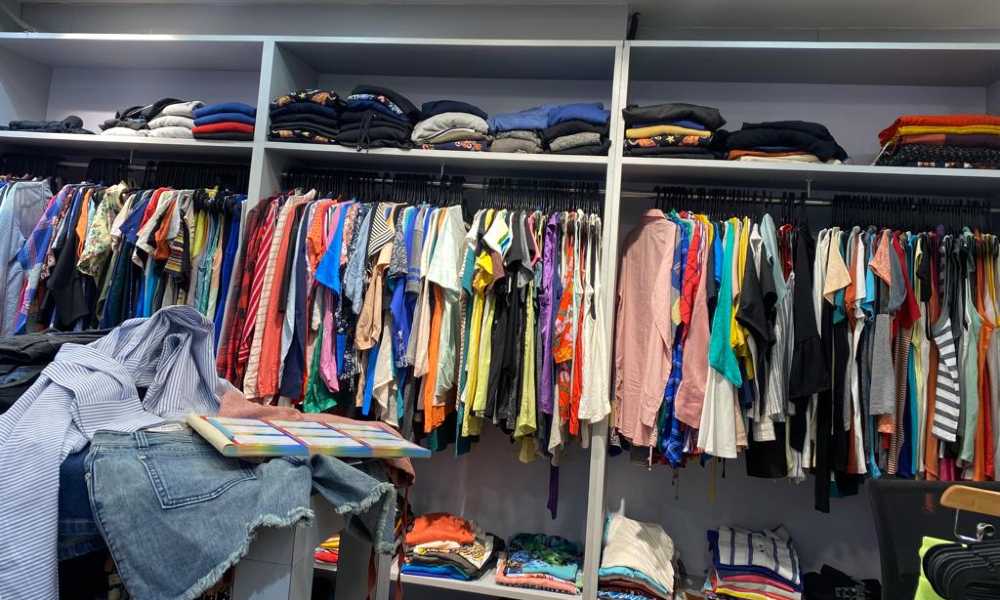Thrift shopping is considered to have a positive impact on the environment
Thrift stores, which sell gently used clothing and other goods, are gaining popularity among Generation Z consumers. Experts say thrifting has numerous perks, including cost savings and environmental sustainability.
Thrift shopping promotes the reuse and recycle of textiles thereby reducing waste. Thrift stores have emerged as a potential solution to the problem of fast fashion.
A 15-year-old student said, “I like to buy thrift clothes because I don’t have to spend on expensive brands and yet be updated with the trends. I prefer to shop for clothes online from Instagram stores.”
Kajal and Afreen, designing students at the JD School of Design said, “We tend to invest more in fabric because of our field, but we try to use the designed outfits as much as possible.”
Rajiv Jain, owner of the Tista Bene thrift store on Slaughter House Road, off Commercial Street said, “Since the time I started my business, I have always been able to invest more in trading, as the demand for orders is more. I purchase second hand or factory rejected pieces and sell them at a reasonable price.”

Priya Duggal, owner of Pretty Little Fits, a thrift store on Instagram, said that online thrifting is a profitable business. Today’s generation doesn’t care too much about buying second-hand clothes as it is popular in western countries and is cheap as well, she added.
“Brands like H&M, Westside, Nordstrom, Primark and Zara are the most fast- moving brands,” she explained.
Thrifting is not just limited to clothing, but it has also taken over books, furniture and other household items. It has an impact on teenagers, the fashion industry and environment. As it offers an ethical alternative to quick fashion, more youngsters are renting their wedding outfits as well.

Deepa Kalro, manager of The Dress Bank in Adugodi said, “We rent clothes for special days like graduation, maternity shoots, fashion shows, weddings and anchoring. The outfit price starts from Rs. 5000 and differs according to the design of the outfits, but the response for renting outfits is impressive.”
Krithika Viswanathan, a marketing lead in the Saahas zero waste management said, “Textiles are the third largest polluter after plastic and paper. Fast fashion has led to humungous amounts of landfill waste.”
It offers perks that include cost saving, relishing retro styles, creating new style statements and environment sustainability. It reduces the textile waste by reusing the clothes, as clothing industries use tonnes of water and many watts of electricity. It also encourages the circular economy of reuse and recycling.
The clothes to recycle should be a certain graded fabric type. Fabrics embellished with chains and sequins should be avoided. “Some suggestions for recycling scraps are by using it to stuff pillows, to weave rugs from rags, or to down cycle them to tote bags,” she said.
Aruna, managing trustee at the Astha Shakti NGO said, “If the clothing industry is willing to dispose of their rags to NGOs like us then it would be a step towards sustainability, rather than burning the rags and contributing to environment pollution.”




